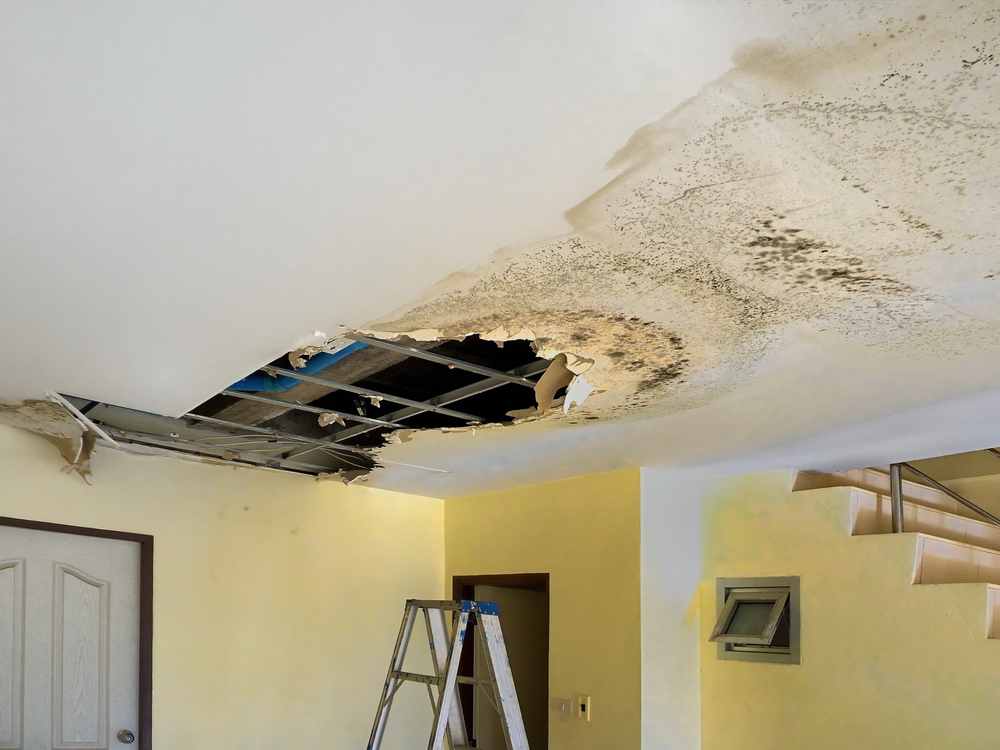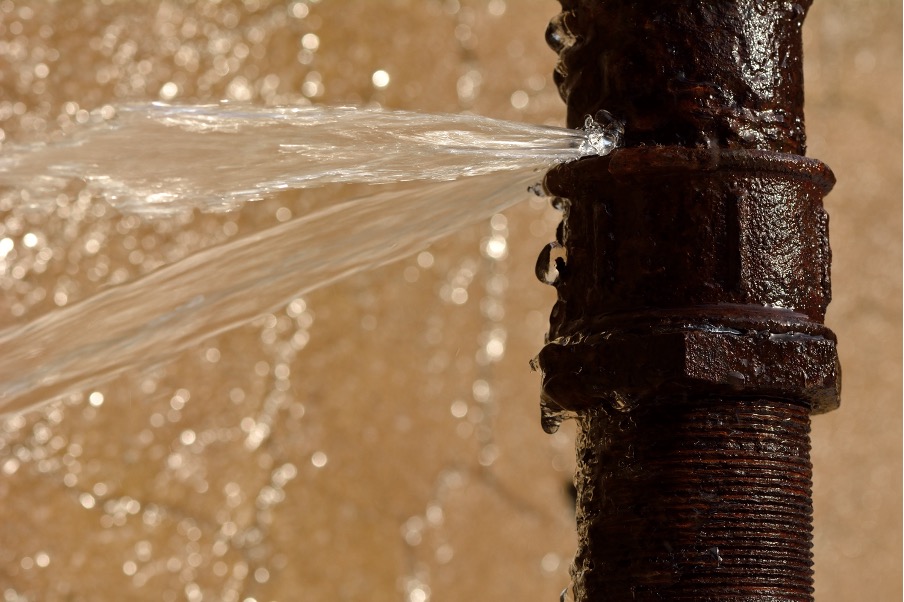What are your ideas about Hacks to detect leaks?

Early detection of dripping water lines can reduce a possible disaster. Besides conserving you cash, it will lessen the stress and irritation. The minute you locate a leak, calling your plumber for repairs is the best remedy. Nonetheless, some tiny water leakages may not be visible. Here are some hacks that assist if you can not identify it with your nude eyes.
1. Analyze the Water Meter
Every residence has a water meter. Checking it is a surefire way that assists you uncover leakages. For beginners, turn off all the water sources. Make sure no person will certainly purge, make use of the faucet, shower, run the cleaning equipment or dishwasher. From there, most likely to the meter and also watch if it will change. Since no one is using it, there should be no motions. If it relocates, that shows a fast-moving leakage. Similarly, if you discover no changes, wait a hr or two and examine back again. This implies you may have a slow-moving leak that could also be underground.
2. Examine Water Usage
If you identify abrupt changes, in spite of your consumption being the exact same, it suggests that you have leaks in your plumbing system. A sudden spike in your expense indicates a fast-moving leak.
A constant increase every month, even with the same behaviors, shows you have a sluggish leak that's also slowly escalating. Call a plumber to thoroughly check your residential or commercial property, particularly if you really feel a warm area on your floor with piping below.
3. Do a Food Coloring Examination
When it involves water usage, 30% originates from bathrooms. Examination to see if they are running appropriately. Drop flecks of food shade in the container and also wait 10 mins. If the color in some way infiltrates your bowl throughout that time without flushing, there's a leak in between the storage tank and dish.
4. Asses Exterior Lines
Do not neglect to inspect your outside water lines as well. Ought to water leak out of the connection, you have a loosened rubber gasket. One little leakage can lose tons of water and increase your water bill.
5. Analyze the scenario and also evaluate
Homeowners need to make it a practice to check under the sink counters and also also inside cupboards for any bad odor or mold and mildew development. These two red flags show a leak so timely attention is needed. Doing regular inspections, even bi-annually, can save you from a major trouble.
A lot more notably, if you know your residence is currently old, maintain a watchful eye on your heating units, hoses, pipelines and so on. Look for discolorations and weakening as the majority of pipes and devices have a life expectancy. They will certainly likewise naturally weaken because of tear and wear. If you suspect leaking water lines in your plumbing system, don't wait on it to rise. Call a specialist plumber immediately so you do not end up with a dreadful mess in your home.
Early detection of leaking water lines can mitigate a prospective disaster. Some small water leakages may not be noticeable. Examining it is a guaranteed way that aids you uncover leaks. One small leakage can waste heaps of water and spike your water costs.
If you believe leaking water lines in your plumbing system, do not wait for it to escalate.
How to Know If Your Home Has a Hidden Leak
Water Meter Reveals Inexplicable Water Usage
If you’d like to test whether or not there’s a leak somewhere in your home, you can do this using your water meter. Here is how to conduct the test:
Don’t use any water in your home for at least 30 minutes; this also means not turning on faucets or water-using appliances.
Go outside, and check your water meter for activity.
If your water meter shows that there was activity, even though no one was using any water, this proves that there is a leak in your home.Visible Mold or Mildew Growth
Leaks behind walls create moist, dark environments that allow mold and mildew to grow and thrive. Eventually, you might see mold growth forming on the wall closest to a hidden leak.
If mold is growing in an area that receives a high amount of moisture, such as a bathroom, it may simply be an indication that better ventilation is needed. However, if you see mold growth on a wall or the ceiling in an area where you would not expect, you probably have a hidden leak.
Musty, Mildew Odor
Sometimes you might not be able to see the mold or mildew that is growing as a result of a leak. However, the smell can give the problem away just as easily. If you catch a whiff of something musty, there’s a good chance that old water is collecting somewhere in your home that you can’t see.
Stained/Warped Walls, Ceilings, or Floors
When your home soaks up water, a variety of red flags can become visible, including ceiling stains, bubbling drywall, warped walls, and sagging floors. While these issues can be caused by excess humidity, they can also be signs that a pipe or plumbing connection has started leaking behind your walls.
Inexplicably High Water Bill
After a while, you get a general sense for what your water bill should be. If you own a pool or sprinkler system, your bill will tend to be higher during summer. However, if you receive a water bill that seems especially high, and you can’t figure out what caused it, then you may have a hidden leak somewhere that’s increasing your bill.
https://www.plumbingjoint.com/blog/2019/july/how-to-know-if-your-home-has-a-hidden-leak/

Hopefully you liked our part on Locating water leaks. Thanks a ton for finding the time to read our blog post. Be sure to take a moment to share this entry if you enjoyed reading it. I appreciate reading our article about Top leak detection hacks.
Damage control? Call us.